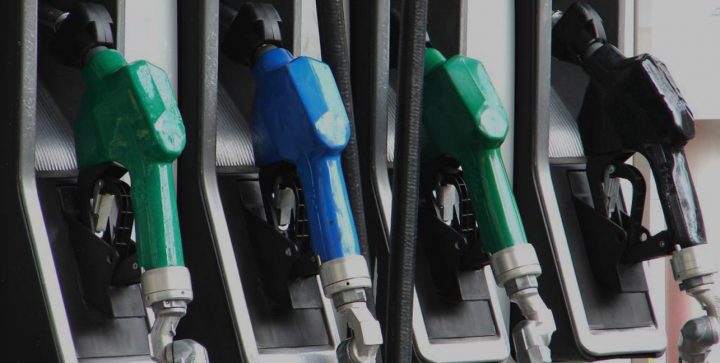Since the EU imposed sanctions on Russia, there has been a redrawing of the global oil map, according to a new study .
Instead of cutting demand, Europe has simply replaced imports from Russia with oil from other producing countries. Transport & Environment (T&E), who carried out the study, says the EU is missing a historic opportunity to cut oil consumption and reduce the continent’s reliance on imports.

Agathe Bounfour, oil programme lead at T&E, said, “In not much more than a year, the EU has redrawn the oil map.
“The continent has reduced its reliance on Russia, but instead of cutting oil consumption, it is simply swapping barrel for barrel with new suppliers. If it put the same effort into reducing demand as it has in finding new suppliers, Europe could significantly reduce its dependence on oil altogether.”
In January 2022, Russia accounted for 31% of European oil imports. By March 2023, that had fallen to 3% following varying sanctions. But far from ditching oil, demand is simply being sourced from different suppliers.
The US replaced Russia as Europe’s number one exporter at the end of 2022, accounting for 11% of the EU imports. Norway and Saudi Arabia followed closely. Beyond Europe’s traditional suppliers, Angola’s monthly exports to the EU grew six-fold reaching almost six million barrels. The share of Brazilian and Iraqi exports also jumped.
Increased European imports have coincided with an increase in global oil production and exports. For example, 70% of the surge in the US oil production was directed to the EU between 2021 and 2022.
T&E’s analysis of oil field data shows that 80% of the surge in oil exports to Europe came from only ten fields. The largest part of the export growth came from Texas, followed by Norway’s biggest field Johan Sverdrup and Brazil’s Lula field.
Imports of refined oil products from China and India have grown 70% and 13% respectively over the past year. It has been reported that these countries are importing Russian oil on the cheap and re-exporting it to the EU as jet fuel and diesel on the global market, breaking EU sanctions.
Now, Europe’s oil consumption is 2% above the level before Russia invaded Ukraine as road transport and the aviation sector recover to pre-pandemic levels.


